Reviewed by Corey Noles
Apple's ecosystem has always been about seamless integration, but protecting all those devices? That's been a different story. Enter AppleCare One—Apple's solution to the headache of juggling multiple warranty plans while potentially saving you money in the process.
The frustration is real: you've got an iPhone, iPad, and Apple Watch, each needing its own AppleCare+ plan, each with its own billing cycle, each requiring separate management. Apple recognized this pain point and launched AppleCare One on July 24, allowing customers to cover up to three products for $19.99 per month. What makes this particularly compelling is that Apple notes customers can save up to $11 per month compared to separate AppleCare+ plans for each device.
Why this actually saves you money (and hassle)
Here's where the math gets interesting—and where you'll see the real value. Let's start with the basics: current AppleCare+ pricing runs $9.99/month for iPhones, $4.99 for iPads, and $2.99 for Apple Watch—totaling $17.97 for that classic trio. AppleCare One covers the same devices for $19.99, which seems like you're paying slightly more.
But here's the kicker—the pricing is the same regardless of the products covered. Swap that basic iPad for a MacBook Pro ($6.99-$14.99/month individually) or upgrade to an iPhone 16 Pro Max ($13.99/month), and you're still paying just $19.99. The premium device advantage becomes clear: a MacBook Air, iPhone, iPad, and Apple Watch would normally cost close to $29 monthly for individual plans, but AppleCare One covers the first three for $19.99, with the fourth device adding just $5.99—a total of $25.98 versus nearly $29 individually.
The coverage itself mirrors what you'd expect from AppleCare+: unlimited repairs for accidents like drops and spills, 24/7 priority support from Apple experts, and battery coverage. But Apple sweetened the deal significantly by expanding theft and loss protection beyond iPhone to also cover iPad and Apple Watch. Even better, AppleCare One covers up to three total claims for theft or loss in a year across all your devices, which actually exceeds the typical two-claim limit on individual plans.
The four-year game changer
This might be AppleCare One's most significant advantage: most devices are now eligible up to four years after purchase, as long as they remain in good condition. Compare that to the company's current limit of 60 days for adding AppleCare+ to new purchases.
This opens the door for popular devices from 2021-2022 that are still actively used—think M1 iMacs, iPhone 13 series, or iPad mini 6—to finally get the protection many users wished they'd bought initially. Apple specifies that in some cases, devices will have to be taken into an Apple Store prior to being added to the plan, but the diagnostic can often be performed via an iPhone or iPad.
The flexibility extends to ongoing management too. When a customer trades in a covered product directly to Apple, it is automatically removed from their AppleCare One plan and replaced with the new device. No phone calls, no paperwork—just seamless transitions as you upgrade, making this particularly valuable for users who regularly update their devices within Apple's ecosystem.
What you're still paying for (the fine print)
Don't get too excited about "unlimited" repairs—you're still on the hook for deductibles, and understanding these costs is crucial for budgeting. Accidental damage to an iPhone costs $29 for screen repairs and $99 for other damage, while theft or loss replacement runs $149.
For premium devices, these fixed deductible rates offer substantial savings. Take an iPhone 16 Pro Max: screen replacement without coverage costs around $429, versus the $29 AppleCare One deductible—a $400 difference that easily justifies months of coverage costs. Similarly, M4 MacBook Pro 16″ screen repairs run around $800 out of warranty, but only $299 with coverage through AppleCare One.
The service launches with one notable limitation: the AppleCare One plan can only be started if an individual already has an active AppleCare+ plan or has a new purchase still eligible for AppleCare+. Once you're in, however, those older devices can join the party. Additional devices beyond the initial three can be added for $5.99 per month each, making it cost-effective even for larger device collections.
Your next move in Apple's service ecosystem
AppleCare One represents more than simplified device protection—it signals Apple's strategic push into recurring service revenue that could reshape how we think about device ownership. According to Bloomberg, the iPhone-maker's services business is on track to exceed $100 billion in revenue this year and become the company's second-largest business segment behind the iPhone.
This shift suggests we'll likely see more bundled service offerings that reward ecosystem loyalty. The plan's ability to accommodate older devices and seamless upgrade transitions hints at Apple's longer-term vision: keeping users continuously covered and engaged with official support channels throughout their device lifecycles, rather than losing them to third-party repair services after warranties expire.
Starting July 24, you can sign up through your iPhone, iPad, or Mac, or by visiting an Apple Store. For existing AppleCare+ subscribers juggling multiple plans, the migration appears straightforward, and the potential savings are immediate. For multi-device households or anyone with premium Apple hardware, AppleCare One might finally be the warranty plan that makes both financial and practical sense—especially if you're the type who always wants the latest iPhone but keeps that trusty M1 MacBook around for a few more years.





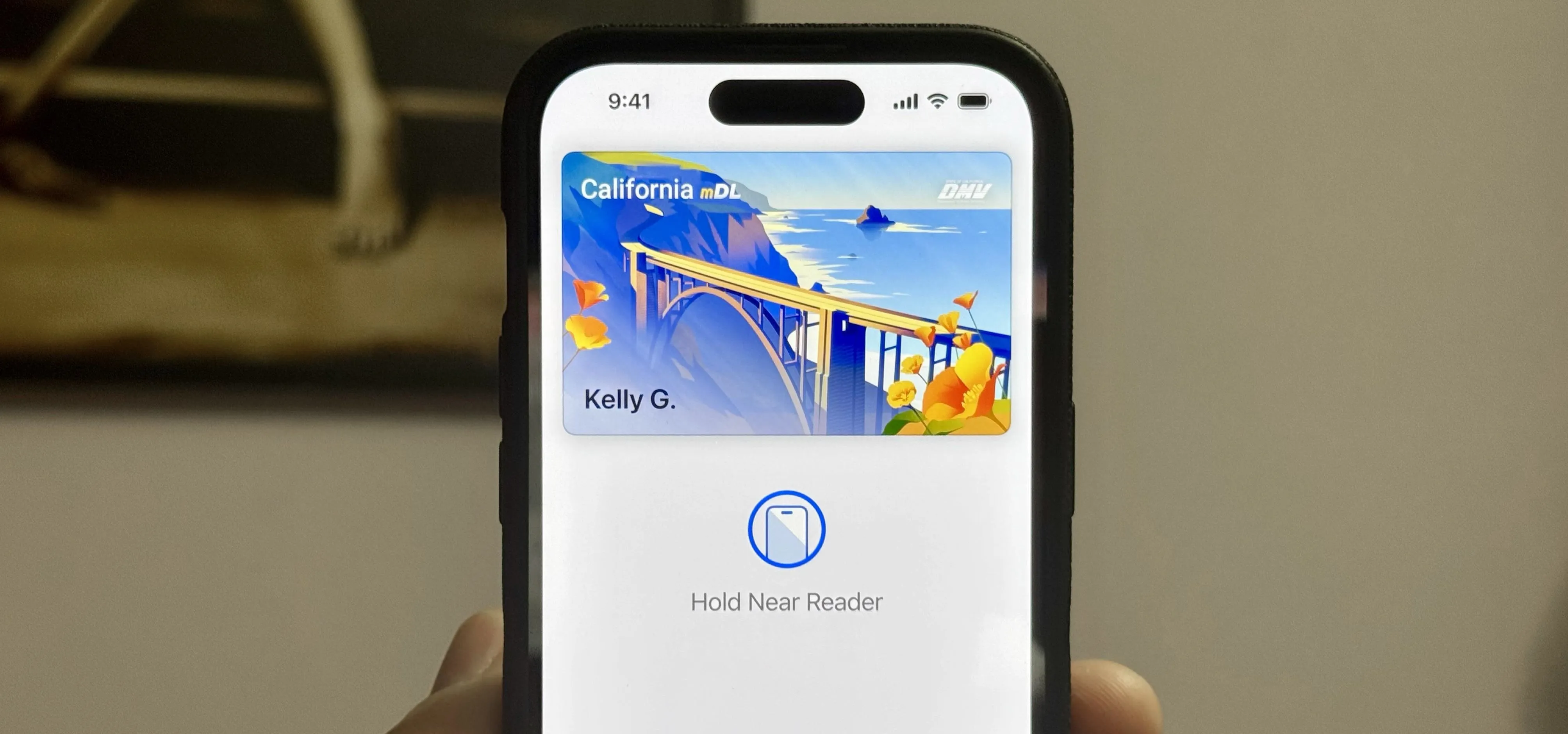
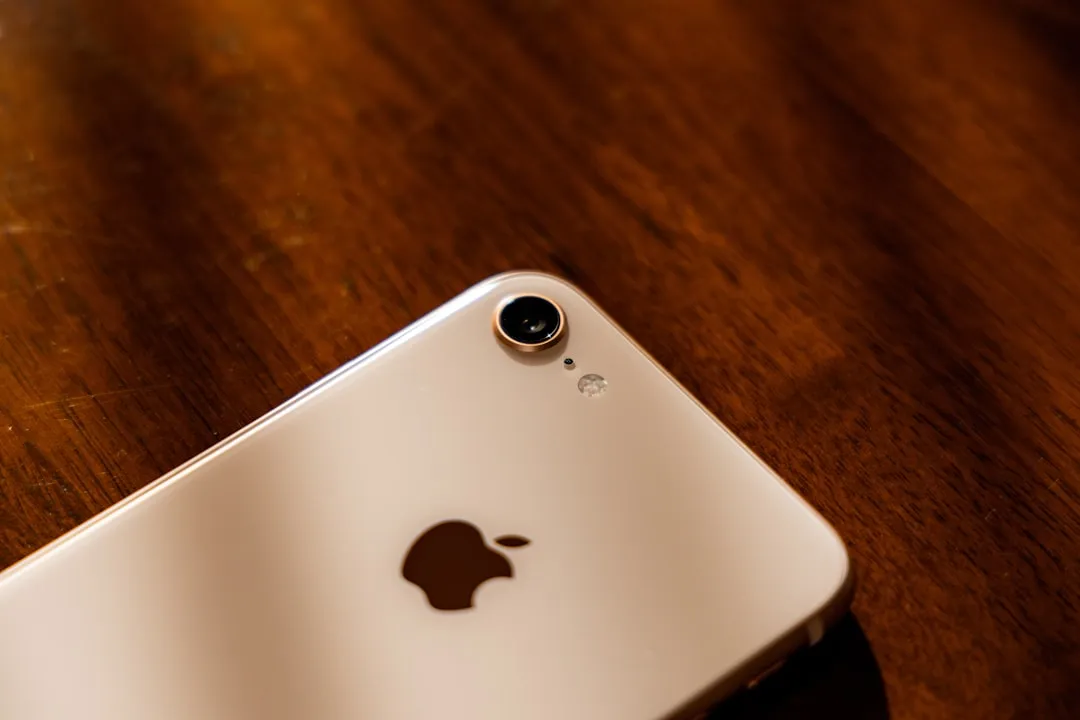
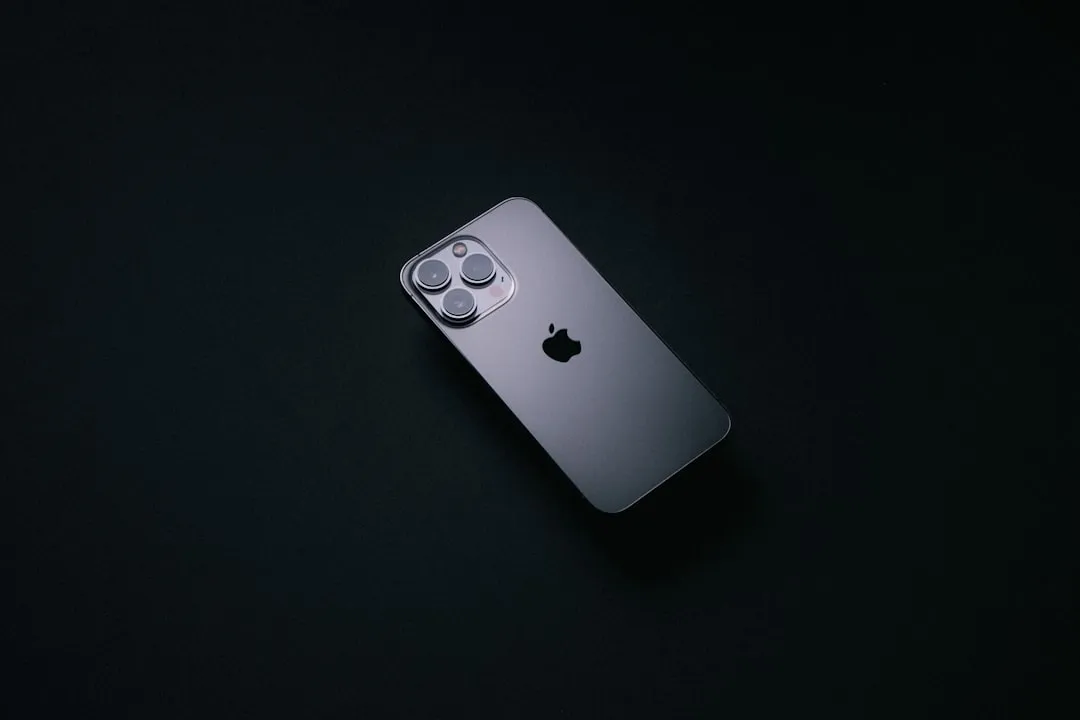
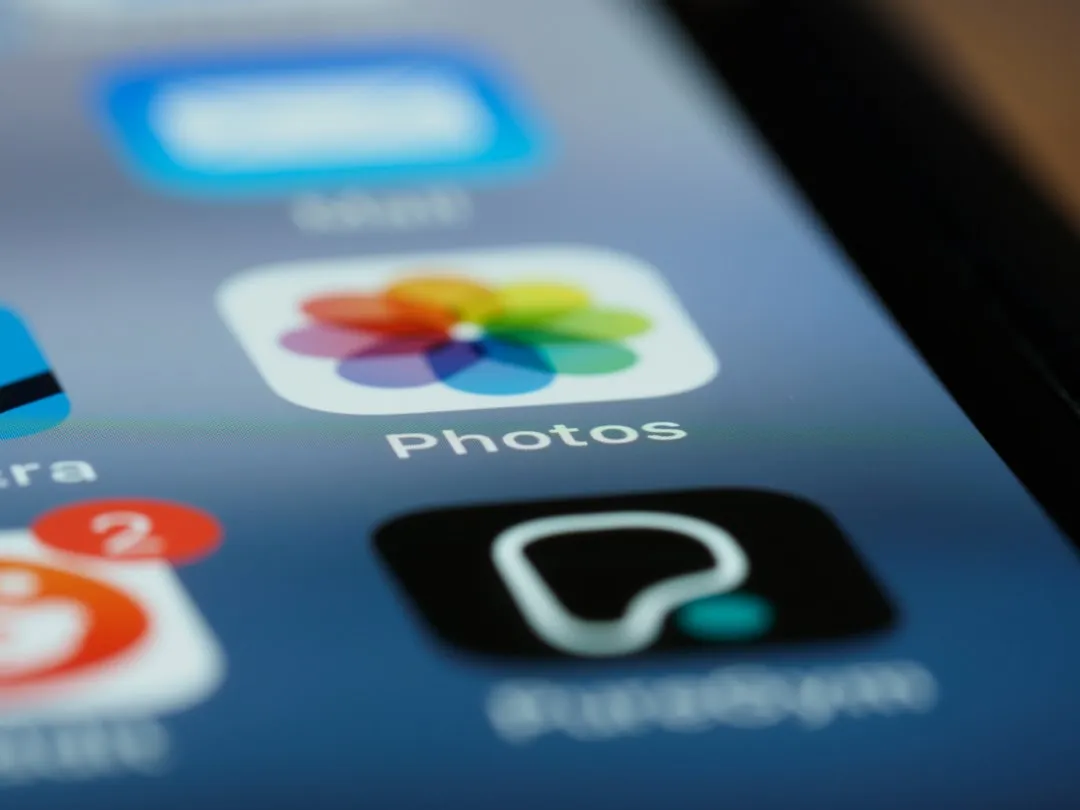
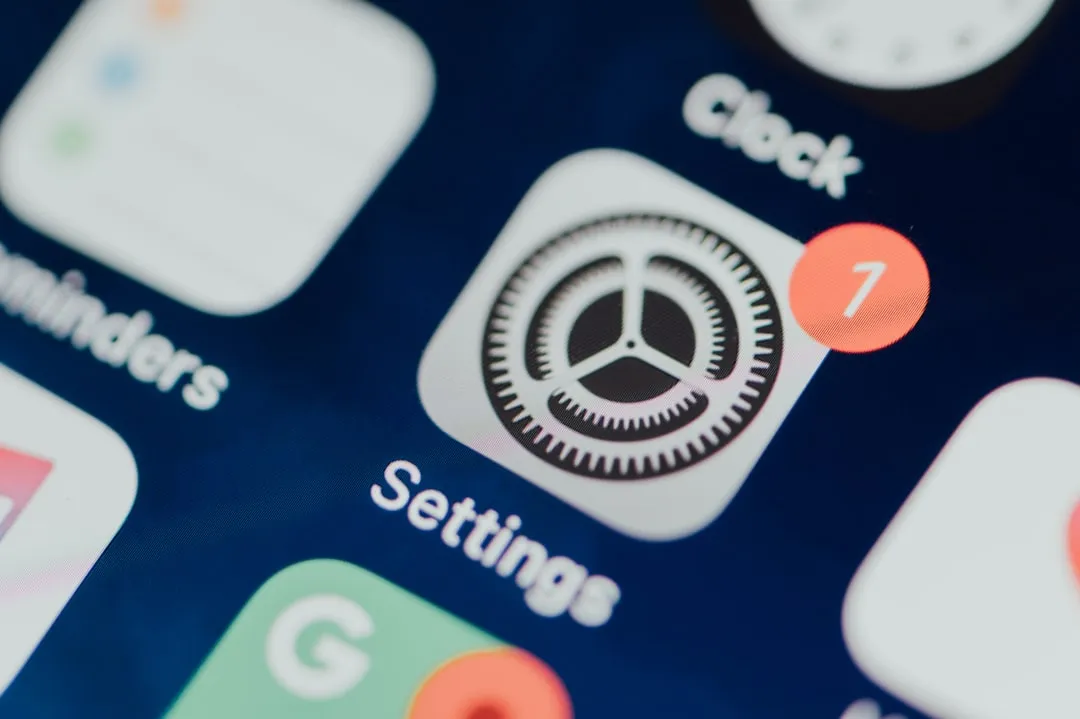

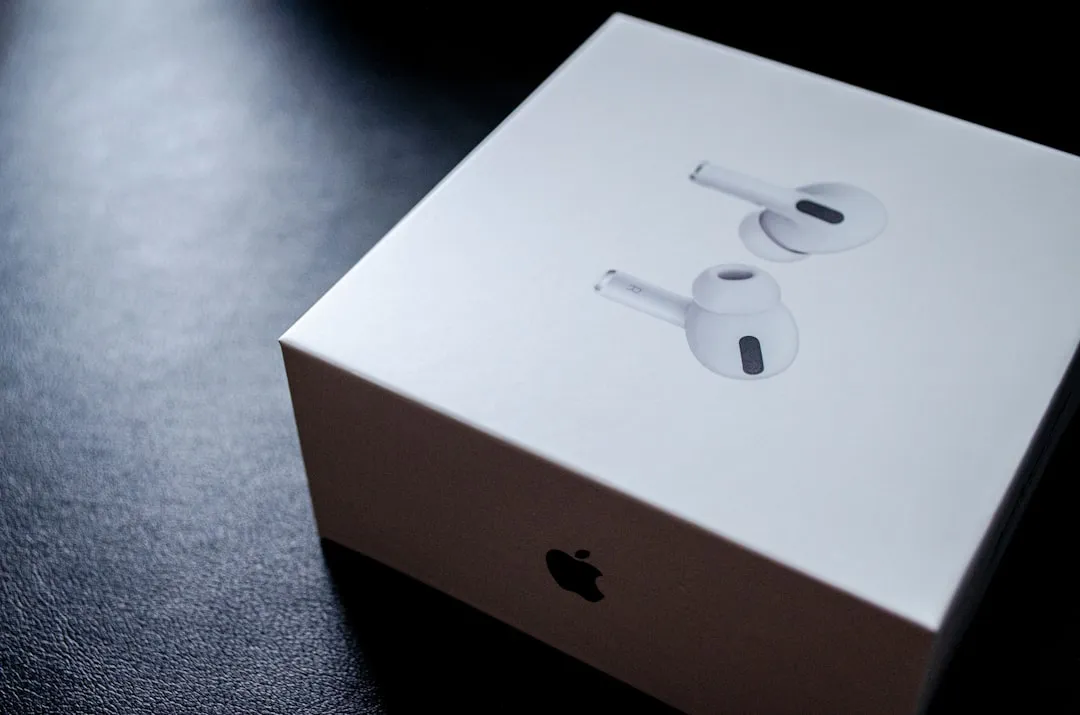
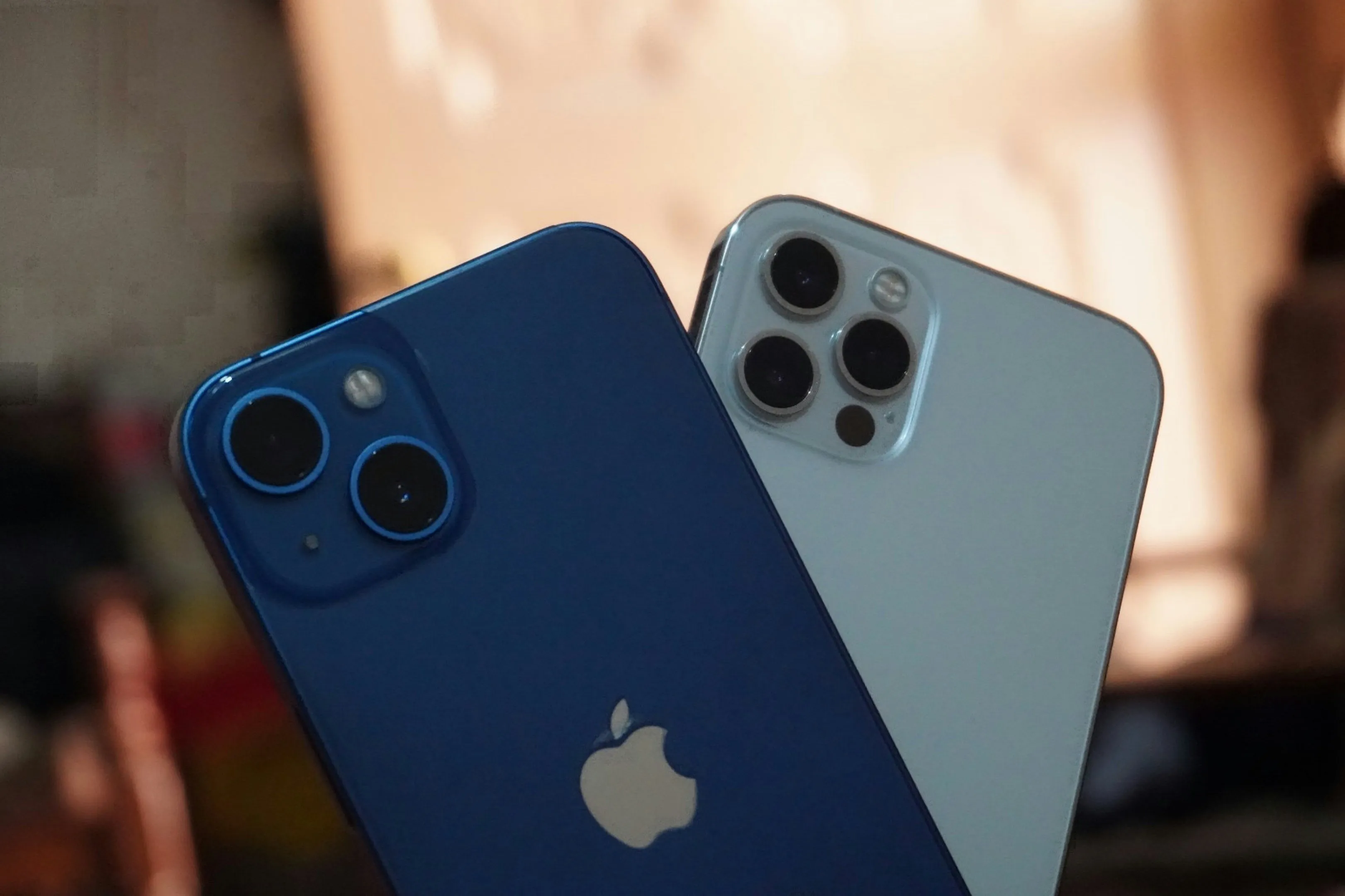
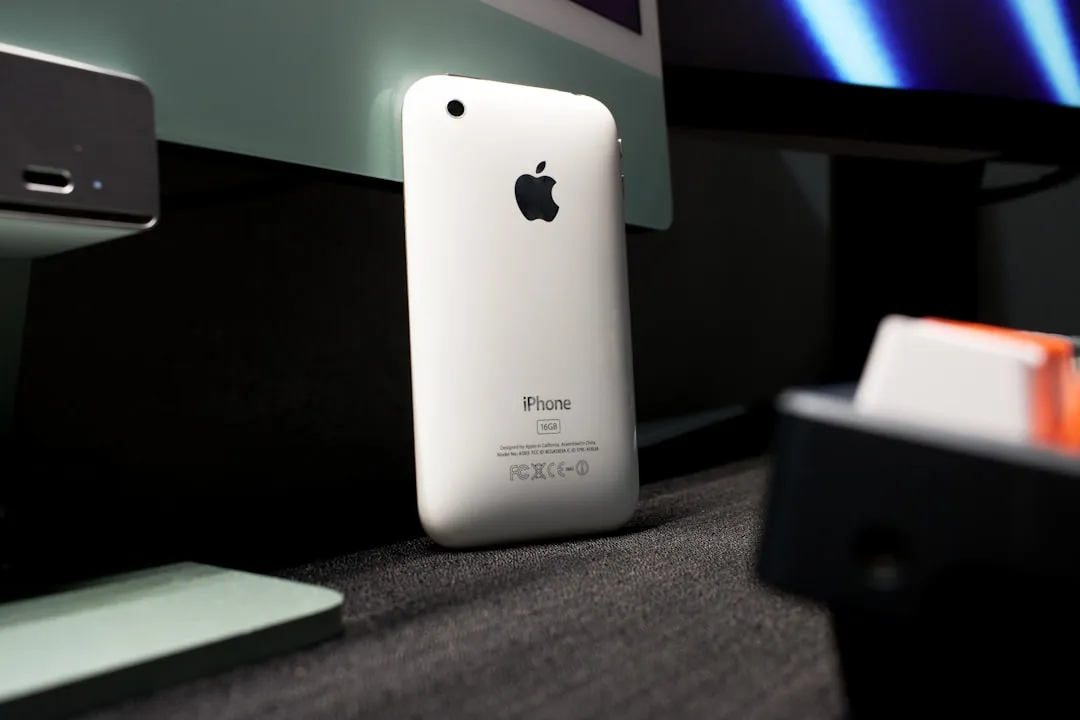
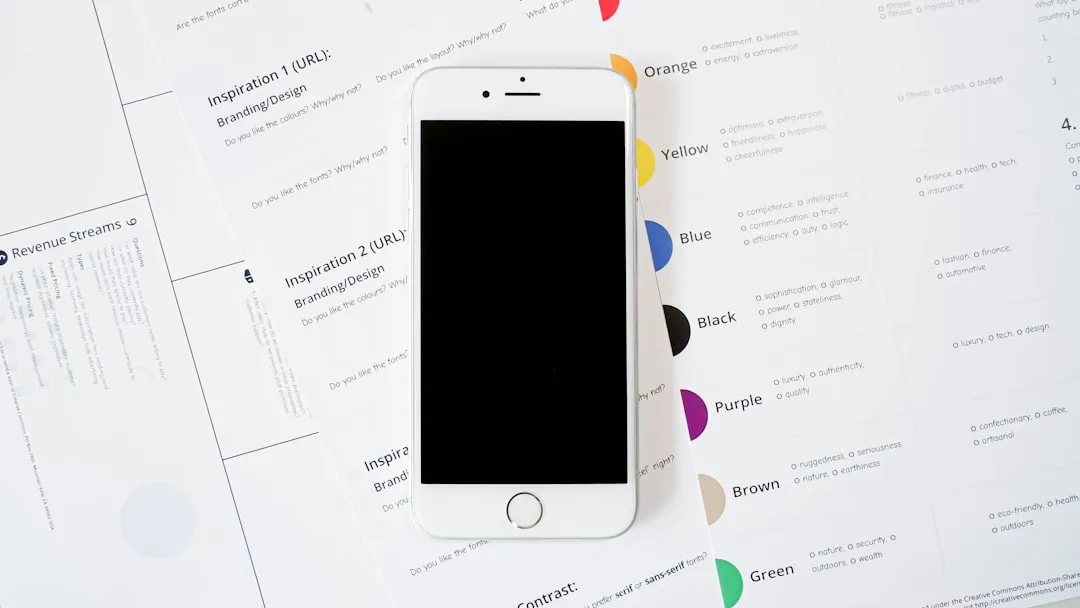
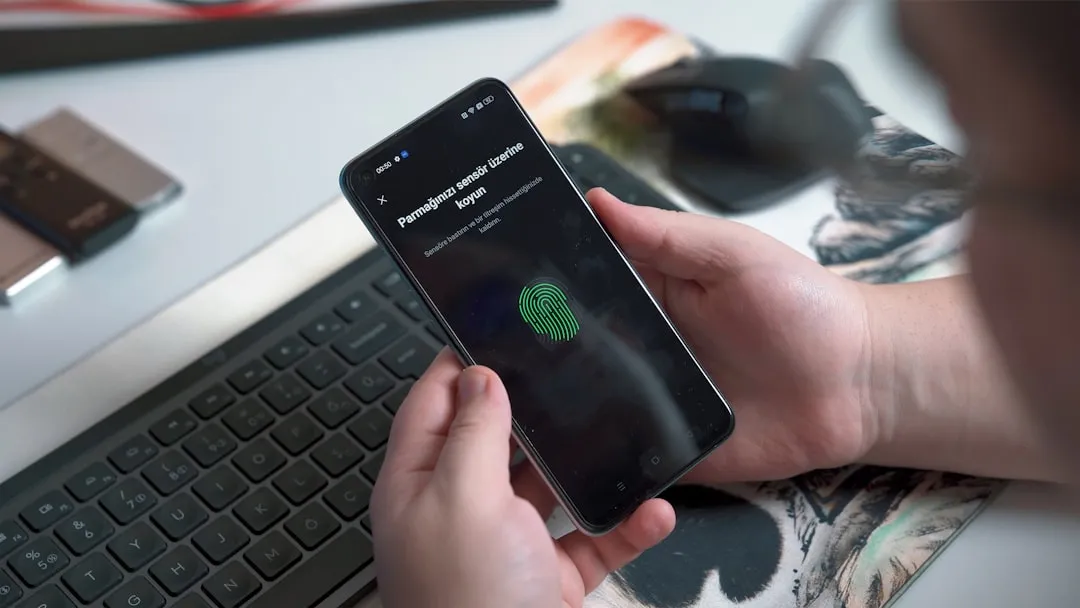
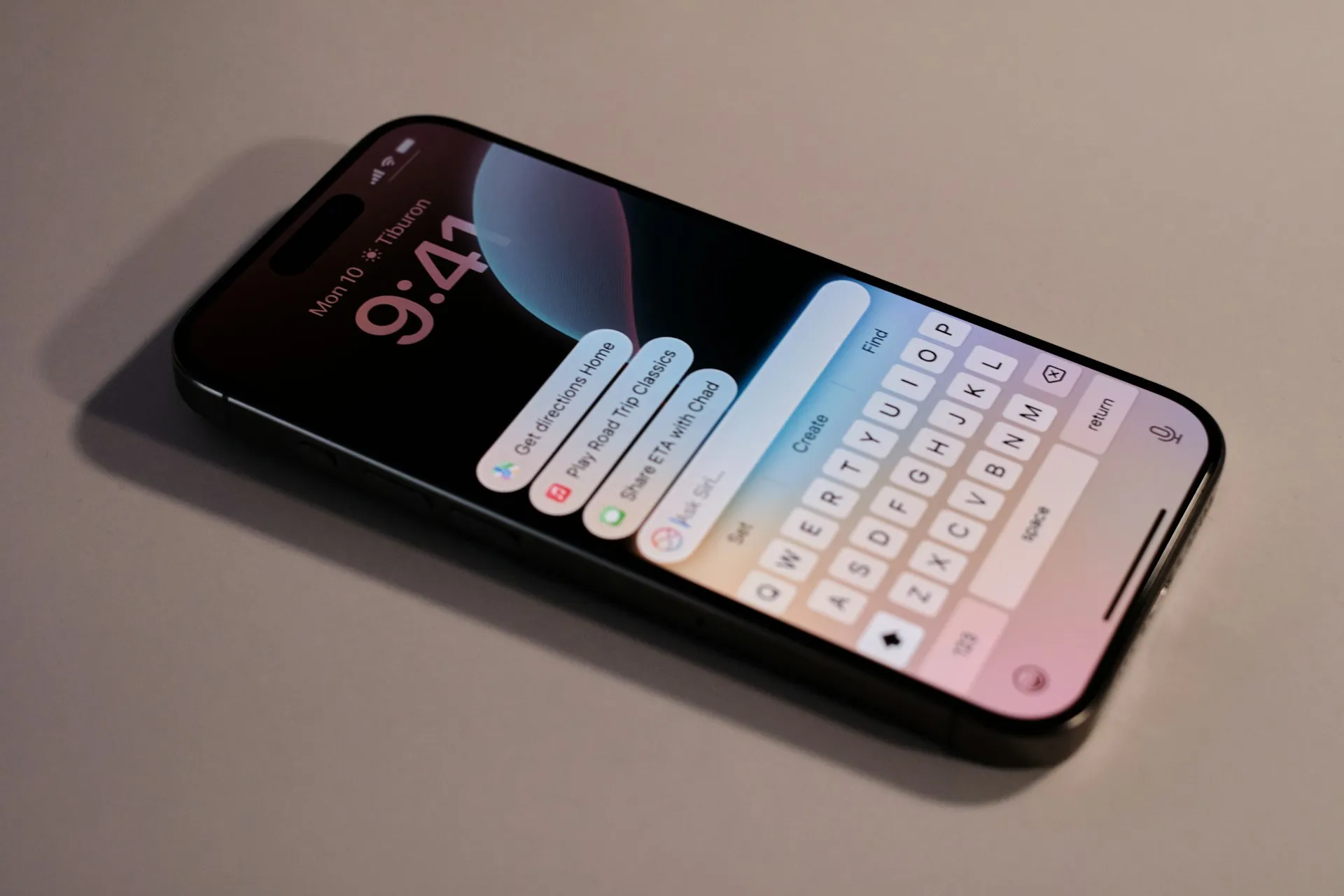

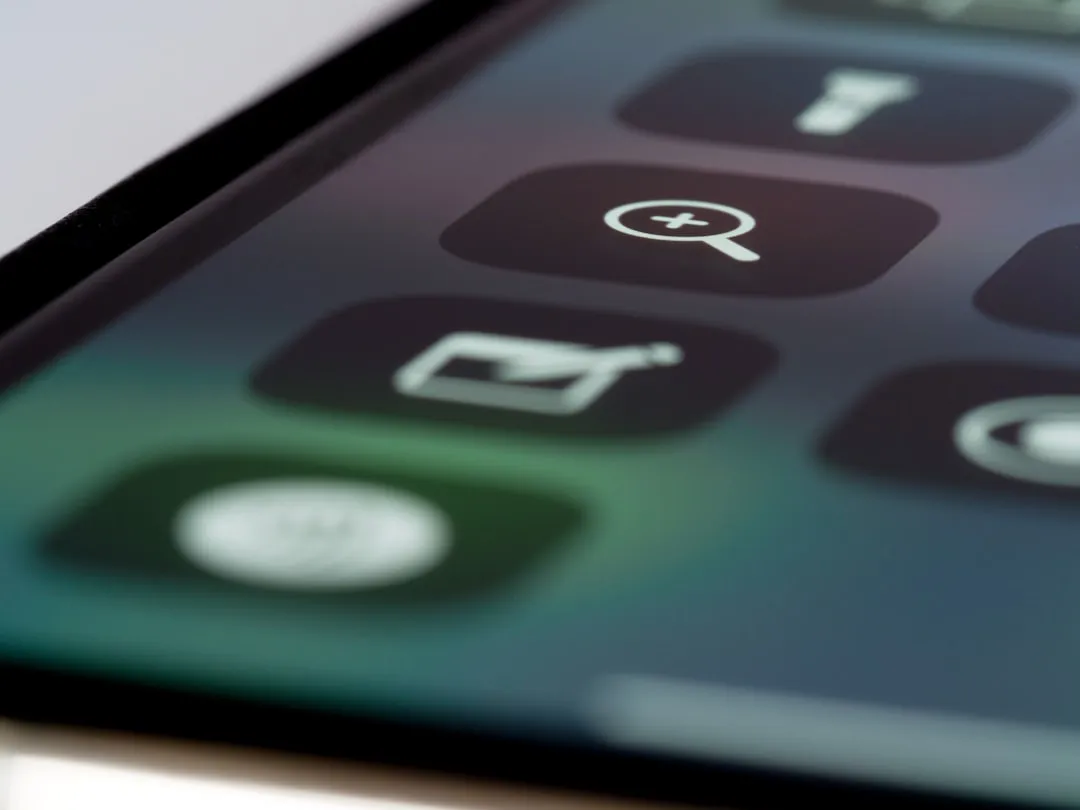
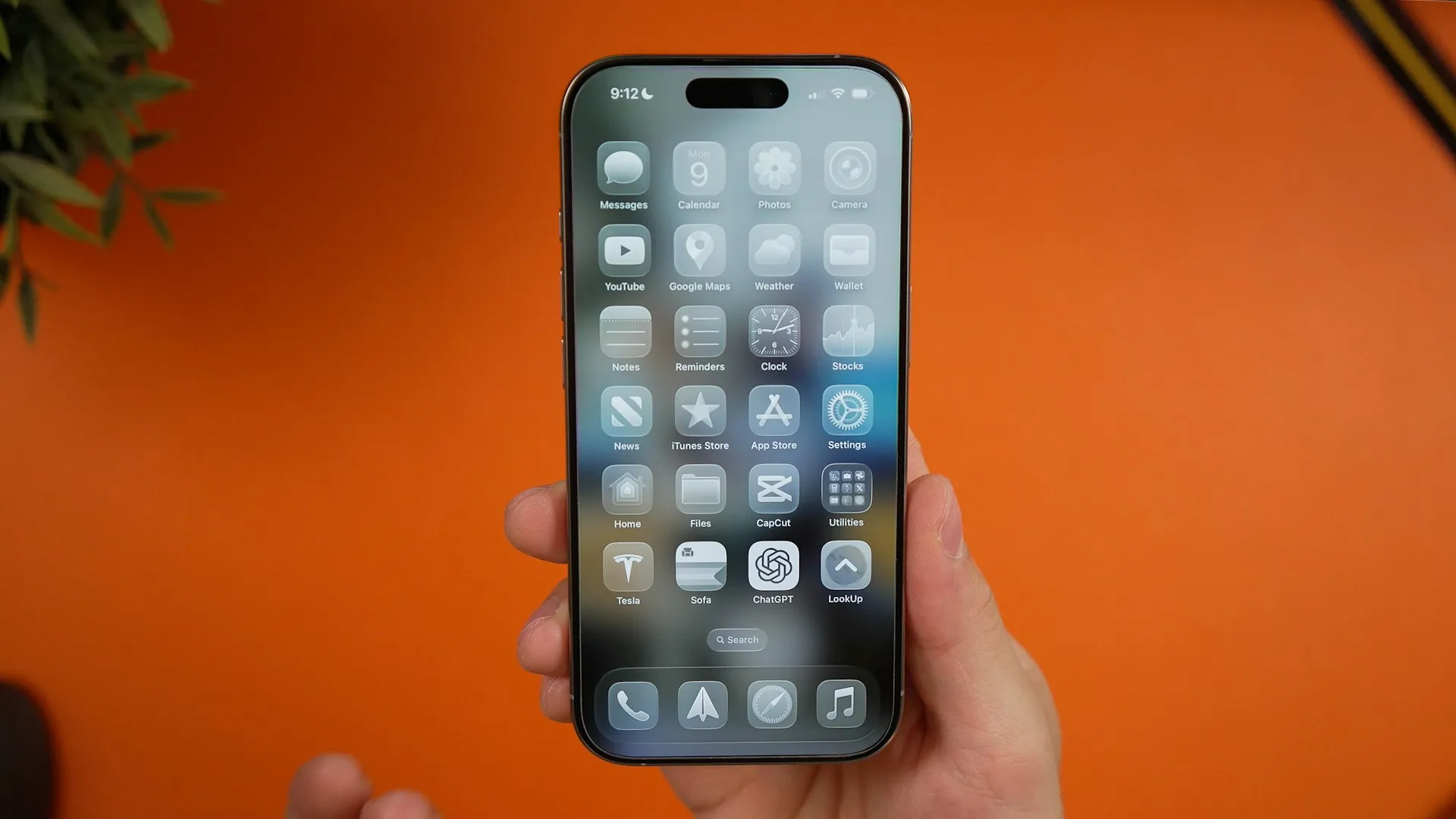
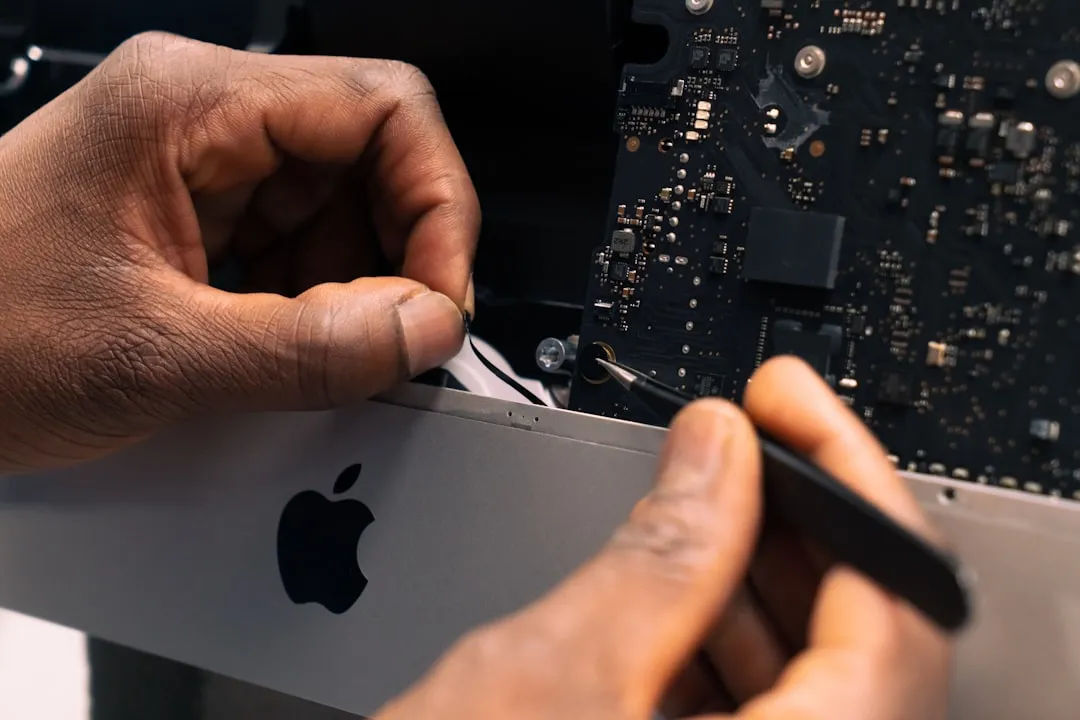
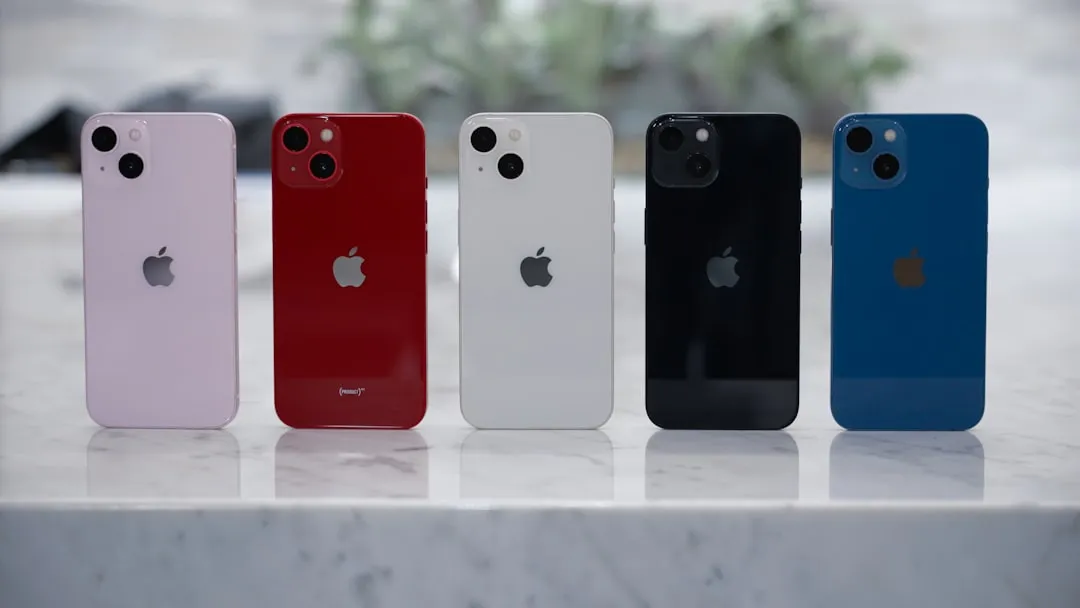
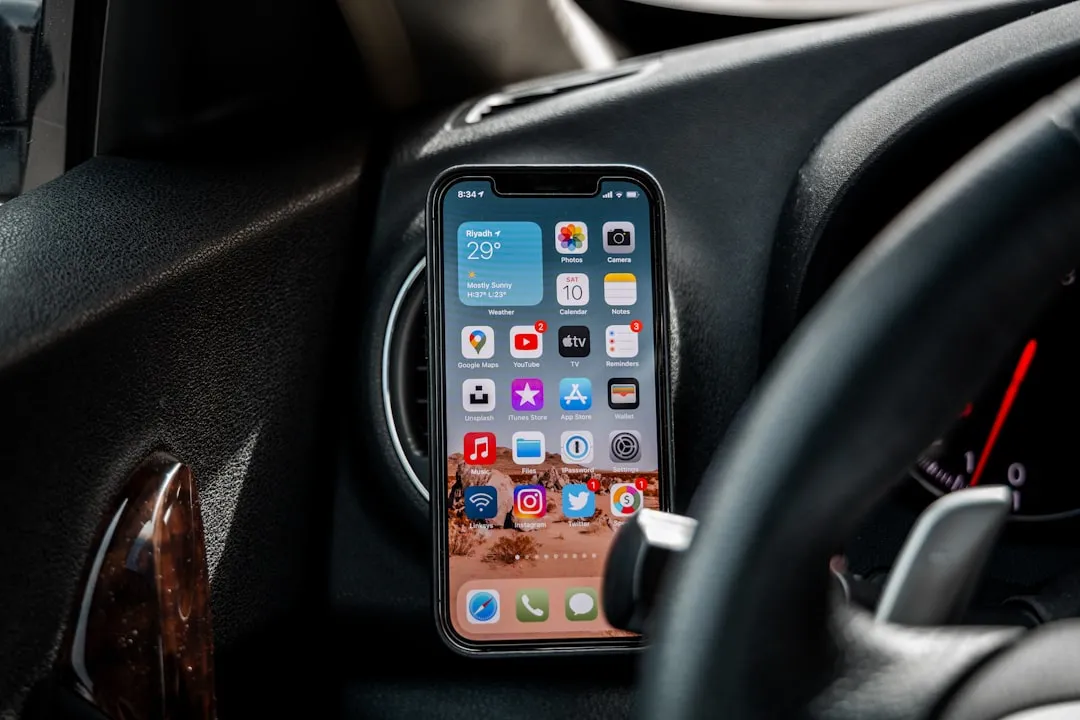

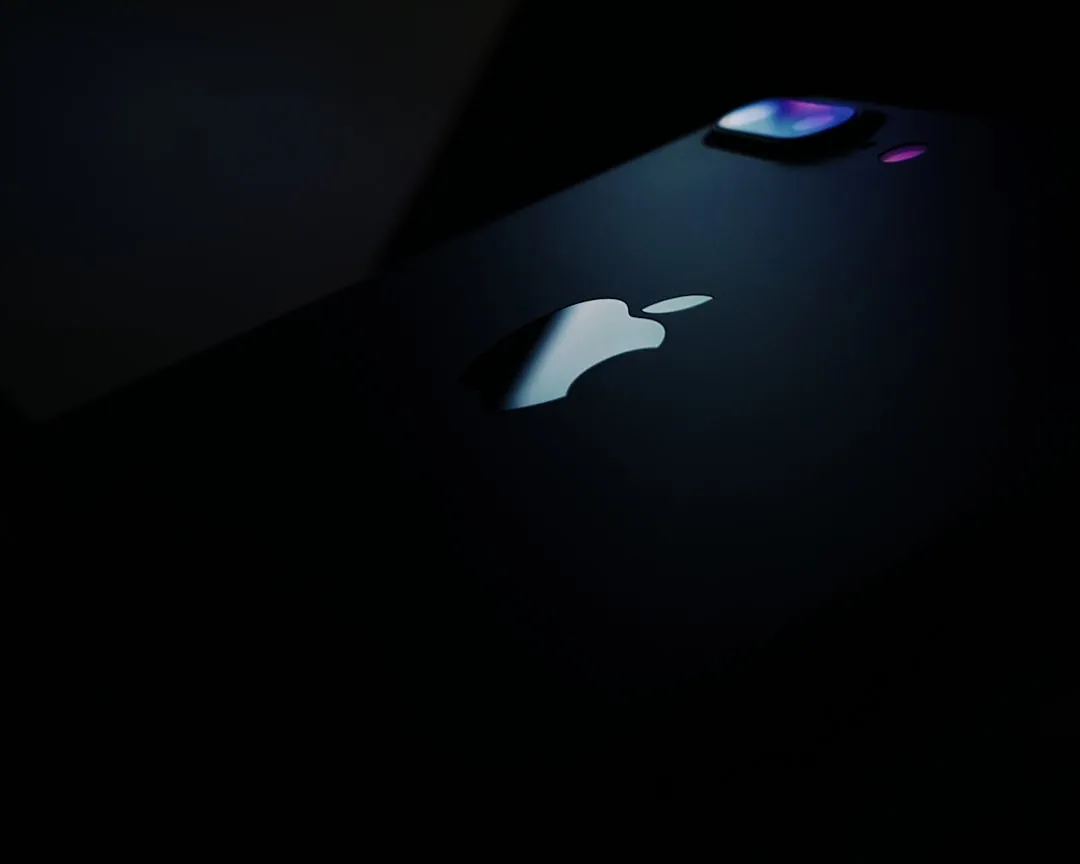
Comments
Be the first, drop a comment!